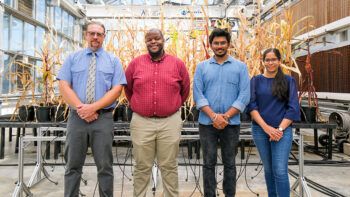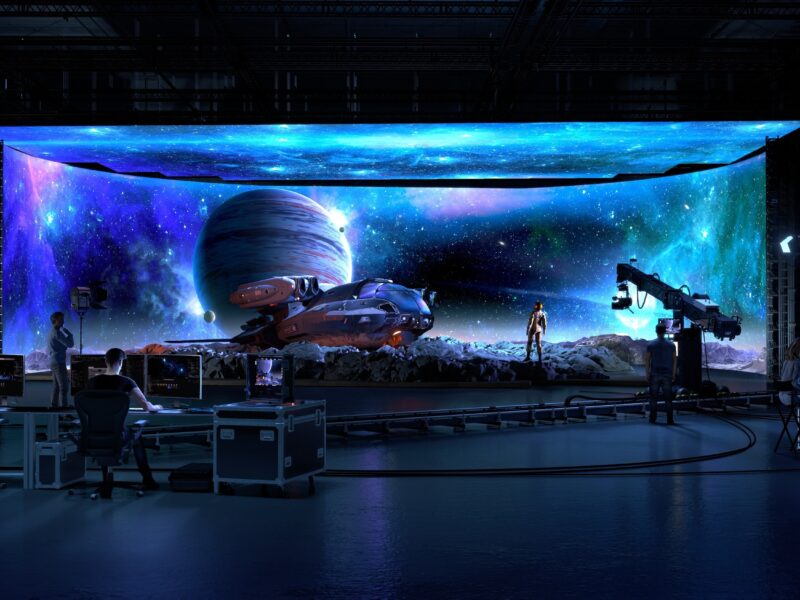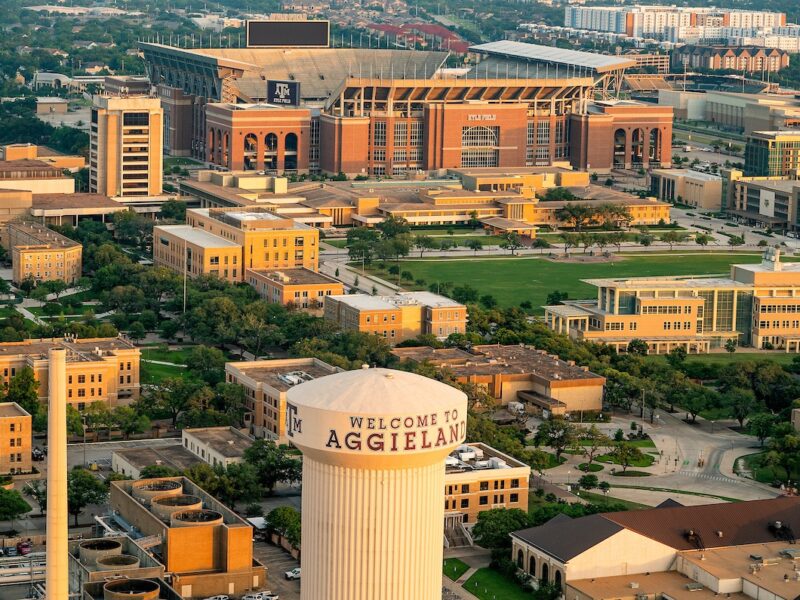Texas A&M Researchers Integrating New AI Tools For Plant Analysis

Plant phenotyping is the process of measuring and analyzing observable plant characteristics. In addition to ensuring a healthier crop yield, this process is essential for various current societal challenges, such as energy demands (i.e. biofuels) and food security.
Dr. Joshua Peeples, ACES assistant professor in the Department of Electrical and Computer Engineering at Texas A&M University, is joining forces with Texas A&M AgriLife Research faculty to develop an automated data analysis system that uses artificial intelligence (AI) approaches to autonomously analyze plant images collected from the new state-of-the-art Texas A&M Plant Growth and Phenotyping Facility.
The project includes four major components — data collection, preprocessing, discovery and analysis. Dr. Seth Murray, professor and Eugene Butler Endowed Chair in the Texas A&M Department of Soil and Crop Sciences, and his team are among several users of the facility collecting the data to make further discoveries. Peeples and his students focus on novel automated approaches to data preprocessing and analysis. This work includes tasks such as reducing the amount of background information to identify plants in a region(s) of interest more easily, extracting plant measurements and features, and delivering the concluding analysis. Such advancement is critical for agricultural researchers to turn plant images into scientific knowledge.
During the first phase of the project, the prototype of the data processing and analysis pipeline was created. As the team moves into year two, they will work to customize the pipeline for individual researcher use to answer specific questions and analyze different crops.
The integration of AI will reduce human errors and wholistically increase the efficiency of the process. Peeples and his team are leveraging computer vision and machine learning-based techniques to improve the robustness of the process to ensure the pipeline will work across many different plants and traits. They will perform validation and evaluation of their methods under various conditions, developing and applying algorithms to compute plant features that are useful for classification (simple traits) and the quantification of complex plant characteristics (numerical measures).
The end goal is for the comprehensive platform to automate plant phenotyping for researchers by streamlining the workflow to collect and understand the data, and then efficiently export the information to make informed future decisions. Peeples also plans to develop a graphical user interface that would allow user feedback and present the information in an accessible way.
“We’ve noticed the shortcomings of current approaches,” Peeples said. “In terms of AI and plant science, there’s a lot of room for research impact.” Despite many such phenotyping facilities being built globally, few are investing in novel AI methods to extract knowledge and wisdom from these centers.
The Texas A&M Plant Growth and Phenotyping Facility, led by the Texas A&M College of Agriculture and Life Sciences and Texas A&M AgriLife Research, houses the Borlaug Center for Southern Crop Improvement and the Automated Precision Phenotyping Greenhouse. The facility utilizes advanced sensors, robotics, big data and controlled environment technology in a revolutionary new imaging system to precisely study agricultural crops. The mission of the facility is to conduct data collection and analysis and to engage in advanced genomics that accelerate plant growth and breeding techniques.
In addition to working at the Texas A&M Plant Growth and Phenotyping Facility, Peeples and his students conduct much of this research at the Peeples Lab.
This article by Rachel Rose originally appeared on the College of Engineering website.





